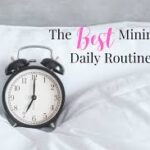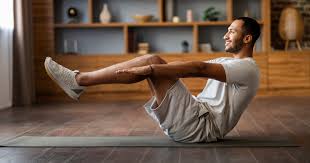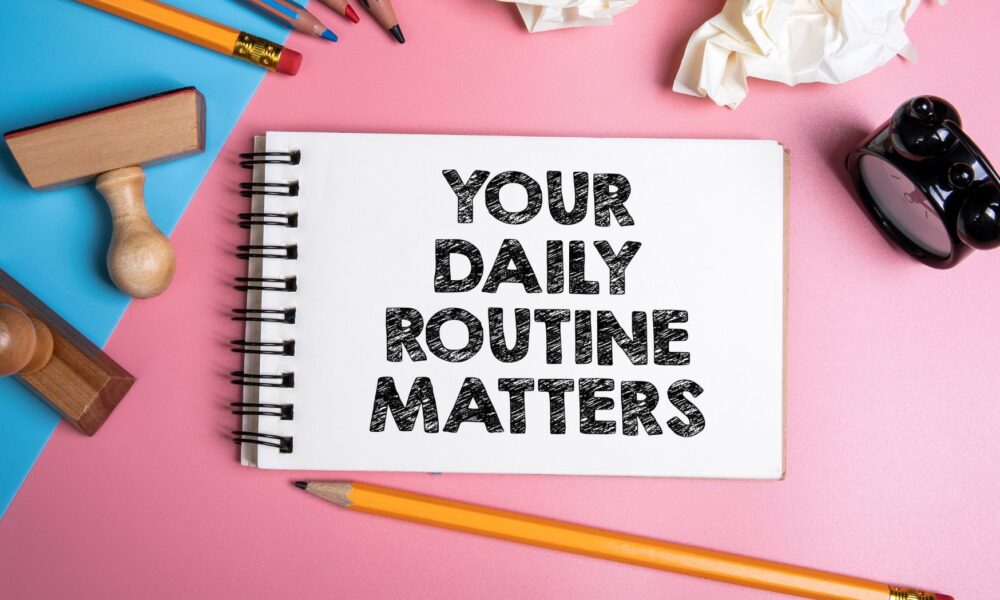Last Updated on July 8, 2025 by Kavya K
In today’s fast-paced world, not everyone has the time or desire to go to the gym. Whether it’s due to a busy schedule, financial constraints, or simply not wanting to leave the house, starting a fitness routine without going to the gym is not only possible but also incredibly effective. The key is consistency, finding enjoyable exercises, and creating a structured routine that fits your lifestyle. In this article, we’ll explore how you can start and maintain a fitness routine from the comfort of your own home or any location you choose, without needing a gym membership.
Define Your Fitness Goals and Start Small
Before diving into any fitness routine, it\’s important to have clear goals. What do you want to achieve? Is it weight loss, building strength, increasing flexibility, or just staying active? Defining your fitness goals will guide you in choosing the right exercises and structuring your routine.
Starting small is essential, especially if you’re new to fitness or returning after a long break. It’s easy to feel overwhelmed by the idea of creating a new routine, but taking small steps and gradually increasing the intensity will help you build momentum without risking injury or burnout. For example, you can start with short, 15-20 minute sessions a few times a week and then gradually increase the duration as your fitness level improves. Remember, consistency is key, and making your fitness routine a habit is far more important than pushing yourself too hard in the beginning.
Invest in Basic Home Equipment (Optional)
One of the great advantages of starting a fitness routine without going to the gym is that you don’t need a lot of fancy equipment to get started. However, there are a few basic items that can enhance your workout and make it more enjoyable. You don’t need to invest in expensive machines; simple, affordable equipment will suffice. A good pair of sneakers, a yoga mat for floor exercises, resistance bands for strength training, dumbbells or kettlebells for added resistance, and a jump rope for cardio can be all you need to get started.
You can also use your own body weight for exercises like push-ups, squats, lunges, and planks. These bodyweight exercises are highly effective for building strength and improving endurance. Additionally, if you prefer running or walking, investing in a good pair of running shoes is all you need to get started. With a few basic items, you can create a versatile and effective home gym.
Choose the Right Exercises for Your Goals
Choosing the right exercises is crucial for making progress and avoiding boredom in your fitness routine. The exercises you incorporate into your routine should align with your goals. If your goal is to lose weight, incorporating cardiovascular exercises like running, jumping jacks, or cycling can help burn calories and increase your metabolism. If you’re aiming for strength, bodyweight exercises such as squats, push-ups, and lunges, as well as resistance training with bands or dumbbells, will help you build muscle and tone your body.
For those looking to improve flexibility or reduce stress, yoga and Pilates are excellent choices. These low-impact exercises not only help increase flexibility but also improve balance and core strength. If you’re seeking a full-body workout, circuit training, where you perform a series of exercises in quick succession with minimal rest, is a great option. Circuit training can incorporate strength, cardio, and flexibility, making it a well-rounded routine that targets all areas of fitness.
Develop a Structured Routine
One of the most important aspects of any fitness journey is creating a structured routine that works for you. Without the structured environment of a gym, it’s easy to lose focus or procrastinate. Start by scheduling your workouts into your calendar just as you would any other important appointment. Consistency is key, so aim to work out at the same time each day or a few times a week, depending on your schedule. You can choose to work out in the morning to start your day with energy, or in the evening as a way to unwind after a long day.
Your routine should include a mix of different exercises to target various muscle groups and prevent monotony. For example, you might alternate between cardio and strength training days, or you could combine both types of exercises into a single session. A sample weekly routine could look like this:
- Monday: Full-body strength training (bodyweight exercises, dumbbells, or resistance bands)
- Tuesday: Cardio (running, cycling, or jump rope)
- Wednesday: Yoga or Pilates for flexibility and recovery
- Thursday: Upper-body strength training
- Friday: Cardio (HIIT or steady-state)
- Saturday: Core workout and stretching
- Sunday: Rest or active recovery (light walking or stretching)
This schedule can be modified to fit your specific fitness level and goals, and you can increase or decrease the intensity as you progress.
Utilize Online Resources and Apps for Guidance
If you’re unsure how to get started or need some extra motivation, there are countless free and paid online resources available. Fitness apps, YouTube channels, and online workout programs can provide structured routines, instructional videos, and tracking tools that will help guide you throughout your journey. Many of these resources offer various types of workouts, including bodyweight exercises, yoga, Pilates, and even dance-based routines like Zumba.
Fitness apps like MyFitnessPal, Nike Training Club, or Freeletics allow you to create customized workout plans based on your goals and track your progress over time. You can also find specific programs for beginners, intermediate, and advanced levels to ensure you are always challenged. Many YouTubers and fitness influencers also post free workout routines and tips for home workouts, so you can find something that fits your preferences and level of fitness.
Stay Motivated and Track Your Progress
Motivation can sometimes be a challenge when working out on your own, but there are several strategies you can use to stay motivated and committed. Setting short-term and long-term goals is a great way to measure progress and keep yourself on track. For example, you might aim to perform 10 push-ups in a row by the end of the month or run a 5k in two months. Tracking your progress not only gives you something to work toward, but it also helps you see the improvement you’re making.
You can use a fitness journal or an app to log your workouts and track your goals. Many fitness apps allow you to monitor key metrics such as calories burned, time spent working out, and weight lifted, which can provide a sense of accomplishment and motivation to continue.
Additionally, it’s important to celebrate small wins along the way. Whether it’s hitting a new personal best in an exercise, completing a workout after a busy day, or simply sticking to your routine for a full week, celebrating these milestones will help keep you motivated and committed to your fitness journey.
Prioritize Rest and Recovery
While consistency and intensity are important, it’s just as vital to give your body the rest and recovery it needs to repair and grow stronger. Overtraining can lead to fatigue, injury, and burnout, which is why incorporating rest days into your routine is crucial. On your rest days, focus on active recovery activities like walking, light yoga, or stretching to help your muscles recover.
Getting adequate sleep, eating a balanced diet, and staying hydrated are all key elements of recovery. Your body needs time to heal after each workout, especially if you’re doing strength training or intense cardio. Make sure to listen to your body, and if you’re feeling tired or sore, allow yourself additional rest time. Rest is just as important for progress as the workouts themselves.
Conclusion: Achieving Fitness Without the Gym
Starting a fitness routine without going to the gym is entirely possible, and with the right approach, you can achieve your health and fitness goals from the comfort of your home. By defining your goals, investing in basic equipment, choosing the right exercises, and creating a structured routine, you can stay on track and make consistent progress. Utilize online resources for guidance, stay motivated by tracking your progress, and prioritize rest and recovery to ensure a balanced fitness journey. Remember, consistency and patience are key, and by sticking to a routine, you’ll be able to build a sustainable fitness routine that works for your lifestyle.










